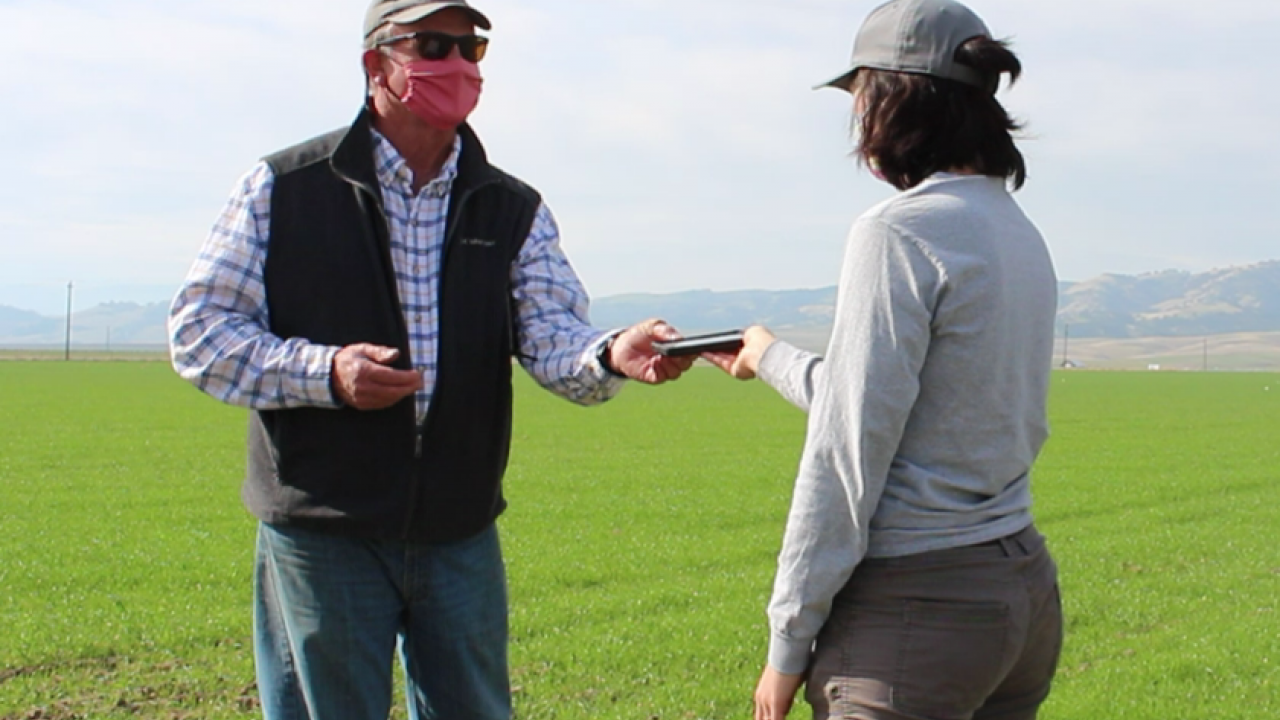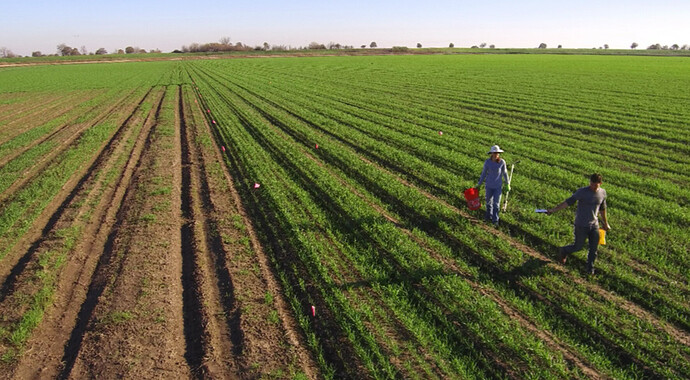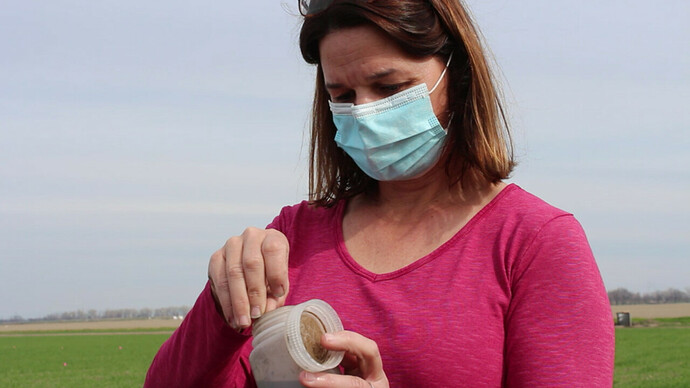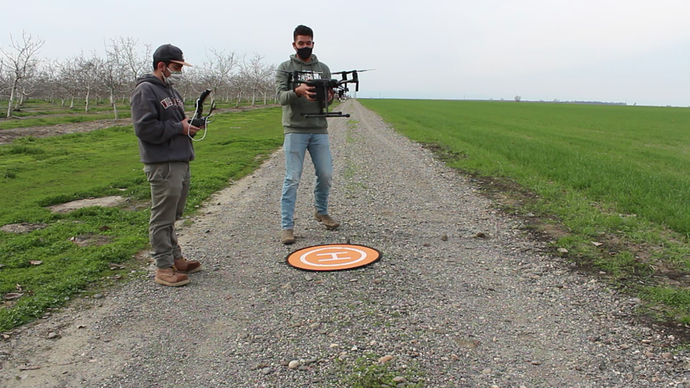
New Tools from UC to Improve N Management in California Small Grain Crops
UC Davis and UC Cooperative Extension are excited to share newly developed tools that optimize nitrogen (N) fertilizer management in wheat and other small grains. The new tools and case studies illustrating how they’ve been applied in commercial settings will be discussed at an upcoming webinar on 11/4/2021 from 2-4 PM (2 INMP/CURES CEU credits available for those who REGISTER).
These tools are the product of many years of UC research and include an interactive website that provides customized, site-specific nitrogen fertilizer recommendations. Recommendations are based on monitoring of crop health and soil nitrogen using handheld, drone, or satellite-based sensors and an in-field soil nitrate quick test.
Since 2019, agronomists from UC Davis and UC Cooperative Extension have been demonstrating how to apply these tools in real-world conditions with support from the CDFA Fertilizer Research and Education Program and an NRCS Conservation Innovation Grant. The team has conducted on-farm demonstrations in fields representing a wide range of California agroecosystems including the Sacramento Valley, the San Joaquin Valley, the Delta region, and the Tulelake basin. Across diverse environments and management systems, the tools demonstrated have increased crop productivity and farmer net income by optimizing nitrogen fertilizer applications.

In-season crop and soil monitoring are central to this project. The Nitrogen Fertilizer Management Tool for California Wheat uses crop monitoring information to produce a targeted in-season N fertilizer recommendation. Recommendations have resulted in an average yield increase of 28% when N deficiency was detected. In addition, when monitoring confirmed that crops were sufficient in N supply, growers saved an average of 48 lb/ac N and $36/ac in fertilizer costs. Overall, crops in the demonstration activities removed more N from the soil than was applied as fertilizer, indicating efficient N fertilizer management at the demonstration sites.

Whether from gains in crop productivity or savings in fertilizer use, both the farmer and the environment benefit from the demonstrated practices. One of the most important decisions farmers make is how much fertilizer to apply and when to apply it. Particularly for N fertilizers, matching fertilizer supply to crop demand can optimize both economic and environmental outcomes. However, because there is so much variability in environmental conditions among farm fields and across seasons, this can be very difficult to achieve.

These new practices are helping California farmers manage their N fertilizer more efficiently. Further adoption will improve economic outcomes and reduce N pollution in the state. Case studies detailing site specific management practices and outcomes by region can be found on the project website 1 along with links to other project resources. In addition to the webinar on 11/4/21, more demonstration activities are planned for the 2021-22 season, and related resources and outreach events will be announced on the UC Small Grain Blog.
